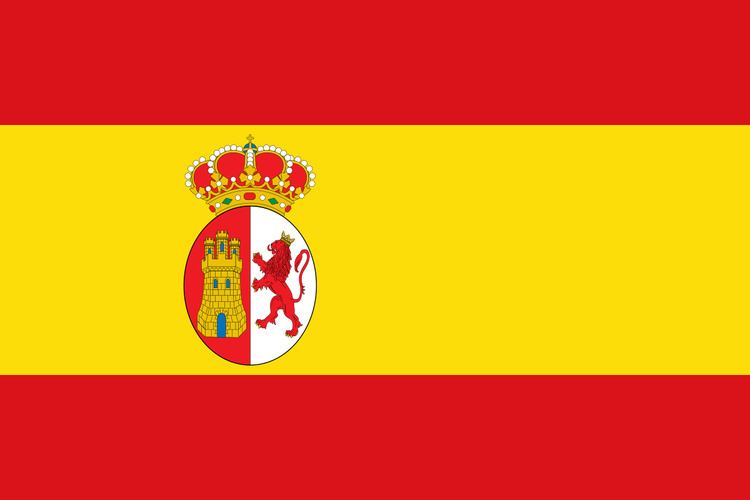Political structure Colony Founded 1492 | Religion Roman Catholicism 1896–1898 Alfonso XIII Date dissolved 1898 | |
 | ||
The Spanish West Indies or Spanish Antilles (also known as "Las Antillas Occidentales" or simply "Antillas Españolas" in Spanish) was the former name of the Spanish colonies in the Caribbean. It became a territory of the Viceroyalty of New Spain when the viceroyalty was created in 1535.
Contents
It consisted of the present day nations of Cuba, Haiti, the Dominican Republic, Puerto Rico, Saint Martin, the Virgin Islands, Anguilla, Montserrat, Guadalupe and the Lesser Antilles, Jamaica, the Cayman Islands, Trinidad, and the Bay Islands.
The islands that later became the Spanish West Indies were the focus of the voyages of Christopher Columbus in America. Largely due to the familiarity that Europeans gained from Columbus's voyages, the islands were also the first lands to be permanently colonized by Europeans in the Americas. The Spanish West Indies were also the most enduring part of Spain's American Empire, only being surrendered in 1898 at the end of the Spanish–American War. For over three centuries, Spain controlled a network of ports in the Caribbean including Havana (Cuba), San Juan (Puerto Rico), Cartagena de Indias (Colombia), and Veracruz (Mexico) which were connected by galleon routes.
Some smaller islands were ceded to other European powers as a result of war, or diplomatic agreements during the 17th and 18th centuries. Others such as Dominican Republic gained their independence in the 19th century.
Change of sovereignty or independence
Spanish Caribbean
Today, the Spanish Caribbean or the Hispanophone Caribbean, refers to the Spanish-speaking areas in the Caribbean Sea, chiefly Cuba, Dominican Republic, and Puerto Rico. It includes regions where Spanish is the main language, and where the legacy of Spanish settlement and colonization influences culture, through religion, language, cuisine, and so on. The varieties of Spanish that predominate in this region are known collectively as Caribbean Spanish.
The term is used in contrast to Anglophone Caribbean, French Caribbean, and Dutch Caribbean, which are other modern linguistic divisions of the Caribbean region. The Hispanophone Caribbean is a part of the wider Hispanic America, which includes all the Spanish-speaking countries in the Americas. Historically, coastal areas of Spanish Florida and the Caribbean South America (cf. the Spanish Main) were closely tied to the Spanish Caribbean. During the period of Spanish settlement and colonization of the New World, the Spanish West Indies referred to those settlements in islands of the Caribbean Sea under political administration of Spain, as in the phrase "a 1765 cedula authorized seven sea ports, in addition to the port of San Juan, to trade with the Spanish Caribbean." Until the early 19th century these territories were part of the Viceroyalty of New Spain.
In addition to the Greater Antilles, the Caribbean islands of Venezuela could be included as well, due to the fact they are in the Caribbean. These islands are grouped into two divisions: the Federal Dependencies of Venezuela and the State of Nueva Esparta.
Islands
The following is a list of islands belonging geographically to the Greater and Lesser Antilles and that were under Spanish rule in various stages of history, until it became independent from Spain. Several islands which were previously largely under Spanish rule, but since they were passed into the domain of France, England or the Netherlands, are no longer considered part of the Spanish Caribbean.
